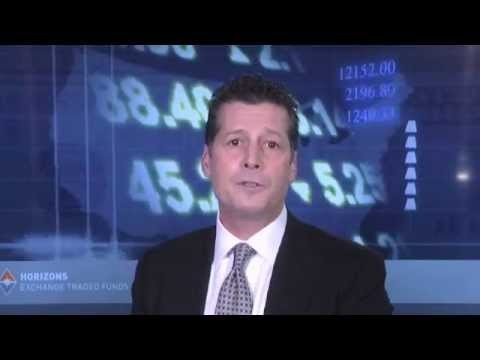ETFs 101
Post on: 2 Апрель, 2015 No Comment

Posted by Mark on March 30, 2014
During the past “RRSP Season” I received a few emails from readers asking about Exchange Traded Funds (ETFs). This particular question caught my attention:
Hi, I’ve recently learned I can use my TFSA for much more than a savings account. “Where do I begin to use these ETFs?”
Thanks for this email. Today’s post will provide this reader with a few considerations to help them “begin to use these ETFs”.
Accounts vs. Products
As you may know from my other blogposts I’m a fan of figuring out what you’re saving for first and changing your financial tune before anything else. Assuming this reader understands that accounts (like TFSAs) are not investment products themselves let’s summarize what an Exchange Traded Fund (ETF) is.
My Exchange Traded Funds (ETFs) 101
- Like mutual funds, ETFs let you invest in a group of stocks or other investments.
- Consider ETFs a lower-fee version of some mutual funds. ETFs that follow an index cost less (than an actively managed mutual fund) since the fund manager doesn’t have to do research about what to invest in and when to invest in it; the ETF changes its holdings to mirror those of the index.
- Some ETFs track a major stock index, others a bond index and still others track lesser-known indexes.
- Popular types of ETFs holds the same mix of stocks that a stock market index does, so, as the index performance goes so does your ETF performance less miniscule money management fees.
- ETFs can be “hedged” in Canadian dollars, which adds costs and may not be good when our Canadian dollar is falling. Dan Bortolotti wrote a post about that, covering the more technical aspects of hedging very well here .
- ETFs can be a great way to get many investments from many companies, and many companies from many countries. Diversification is a huge advantage.
- You can trade them as often as you wish but most people would be better off buying and holding them.
- Many ETFs make money that is distributed to investors on a regular basis in the form of distributions.
- You can DRIP (automatically reinvest distributions paid) ETFs without paying a commission. This way your money is making more money every month or quarter.
- To invest in ETFs you need a brokerage account, to buy and sell them when the stock market is open.

There is more to the “what is an ETF?” beyond this list above but I think that’s a decent starting point for many investors.
“…where do I begin to use these ETFs?”
Based on my brief description above you know these ETFs can be bought (and sold). Consider some of the following considerations who to “use these ETFs” with:
- Using full-service investment companies paying fees and commissions for the investment advice they give you (which could be a great thing if you don’t want to be a do-it-yourself (DIY) investor).
- Using discount brokerages – These tend to be online firms. You’ll pay low commissions to buy and sell your investment products because you don’t get much help choosing investments, if any. You can DIY invest if you choose.
- Portfolio managers – these folks usually focus on clients with a modest net worth but will gladly take on other clients at their discretion and based on their business rules. These professionals will manage your entire investment portfolio and more, offering financial planning, tax and estate planning advice as well. Very comprehensive financial coverage and support.
Not all ETFs are created equal so I encourage you to take some time, read a few books, follow my blog and check out past posts about ETFs to learn more about these investment products to determine how they could fit into your overall financial plan.
www.moneysense.ca/advertorial/etf-investor-tool-kit














